Cataplana, a symbol of local Portuguese cuisine, is a seafood and/or meat stew originating in the Algarve, the southernmost region of Portugal. The stew is cooked in a hammered copper, clam-shaped pan also known as a cataplana, which is unique to the Algarve region. Historically, the cataplana has played a dual role, one, as a functional cooking vessel to prepare a variety of dishes, from seafood, to meat, to vegetables; and two, as a symbol of its North African, Moorish influence, which for over 500 years left its mark on the cultural and culinary identity of the Algarve.
While exploring Portugal a few years back, I eagerly sampled several iterations of cataplana. Each a bit different. One had a splash of cream, another was more on the tomato-y side, and another was somewhere in between. My favorite was an octopus and sweet potato cataplana that I had way down on the southwestern side of the Algarve, in the tiny, sleepy (at least in mid-October) town of Vila do Bispo (population, approx. 5000). It had more of a soupy broth with a nice brininess from the octopus. An interesting tidbit, the sweet potato is also a traditional ingredient of the Algarve and is protected by geographical indication certification, as it is still commonly grown throughout the Algarve, in a traditional way, without the addition of fertilizer.
Where does one find a cataplana? You can find them online, though if you happen to find yourself in the town of Loule, about midway between Sagres (south westernmost part of the Algarve) and Altura (south easternmost post of the Algarve), there is a shop that sells handmade, traditional cataplanas of various shapes and sizes (not the knock-off, touristy ones you find in most shops). It’s down an alley — a few blocks from Loule’s indoor fish/vegetable market; that is, the shop with the shiny, copper cataplanas of various sizes hanging outside (photo below) and dotted throughout this modest storefront. When I arrived in Loule, I had to ask several people where it was located, and after wandering around a bit, finally stumbled upon it (unfortunately, I don’t recall the name of the shop and several google searches came up short, but you’ll recognize it when you see it).
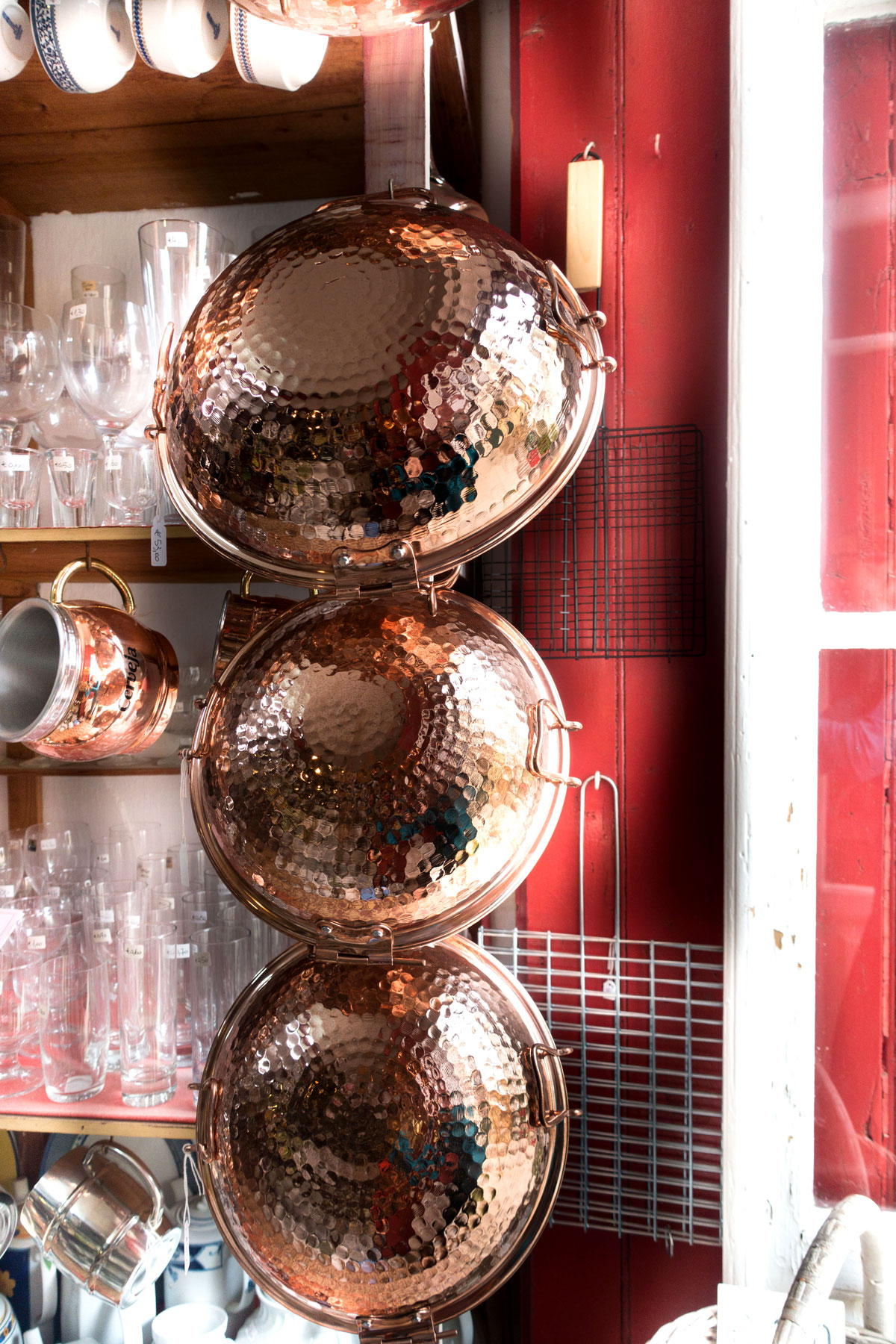
The cataplana has clamps on the sides, which allows you to lock it closed. An old-fashioned pressure cooker of sorts, that retains steam, which increases pressure within the pan, allowing the seafood to evenly cook. Typically, a cataplana is made with a combination of seafood, anything from prawns, clams, mussels, fish, to squid and/or octopus and chourico, a Portuguese cured sausage similar to Spanish chorizo.
My version features clams and Spanish chorizo (since I don’t have access to chourico), fresh tomatoes, sliced onions, and green bell pepper. The steamed clams impart an appealing, briny salinity to the dish. You serve the stew straight from the cataplana, which makes for a nice presentation.
Don’t worry if you don’t have a cataplana, you can still make this stew. A Dutch oven or any other heavy-bottomed pot with a fitted lid will suffice.
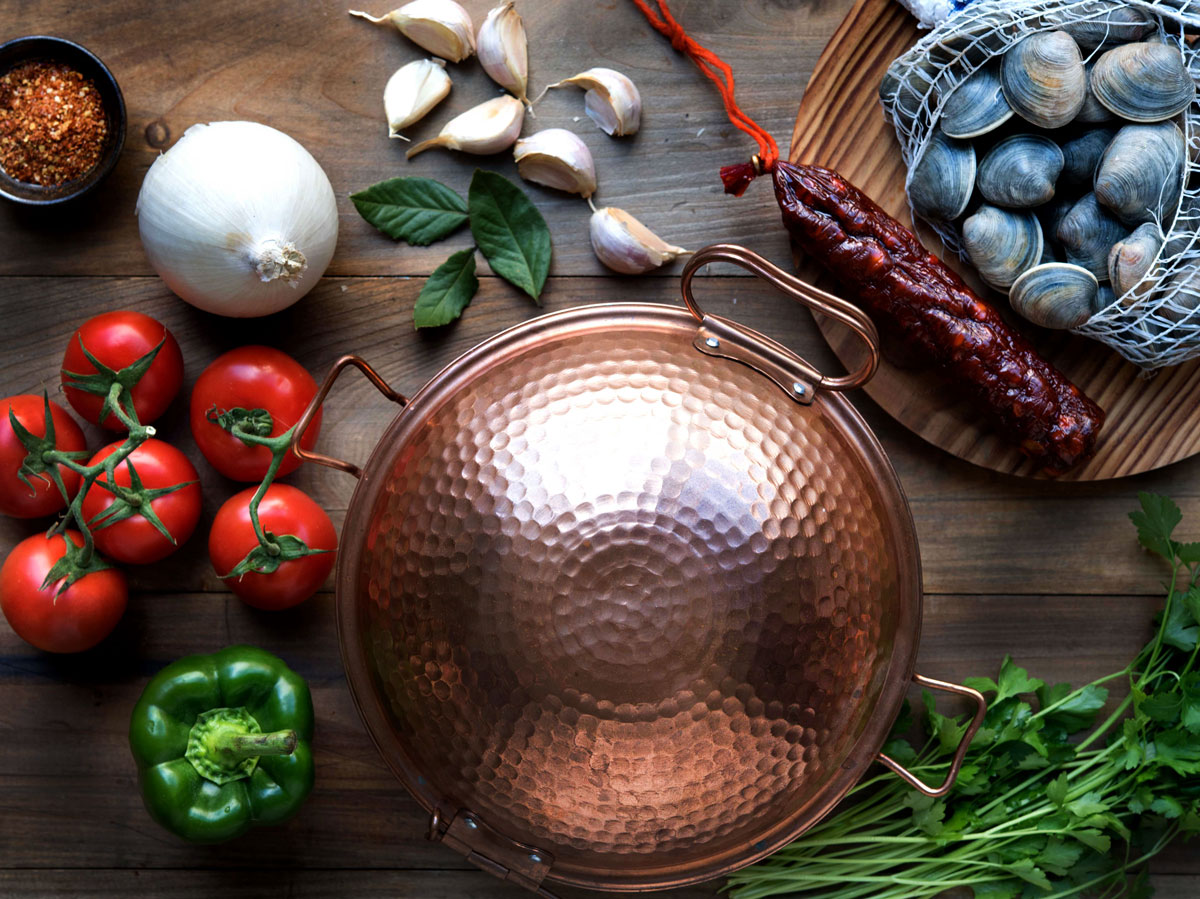
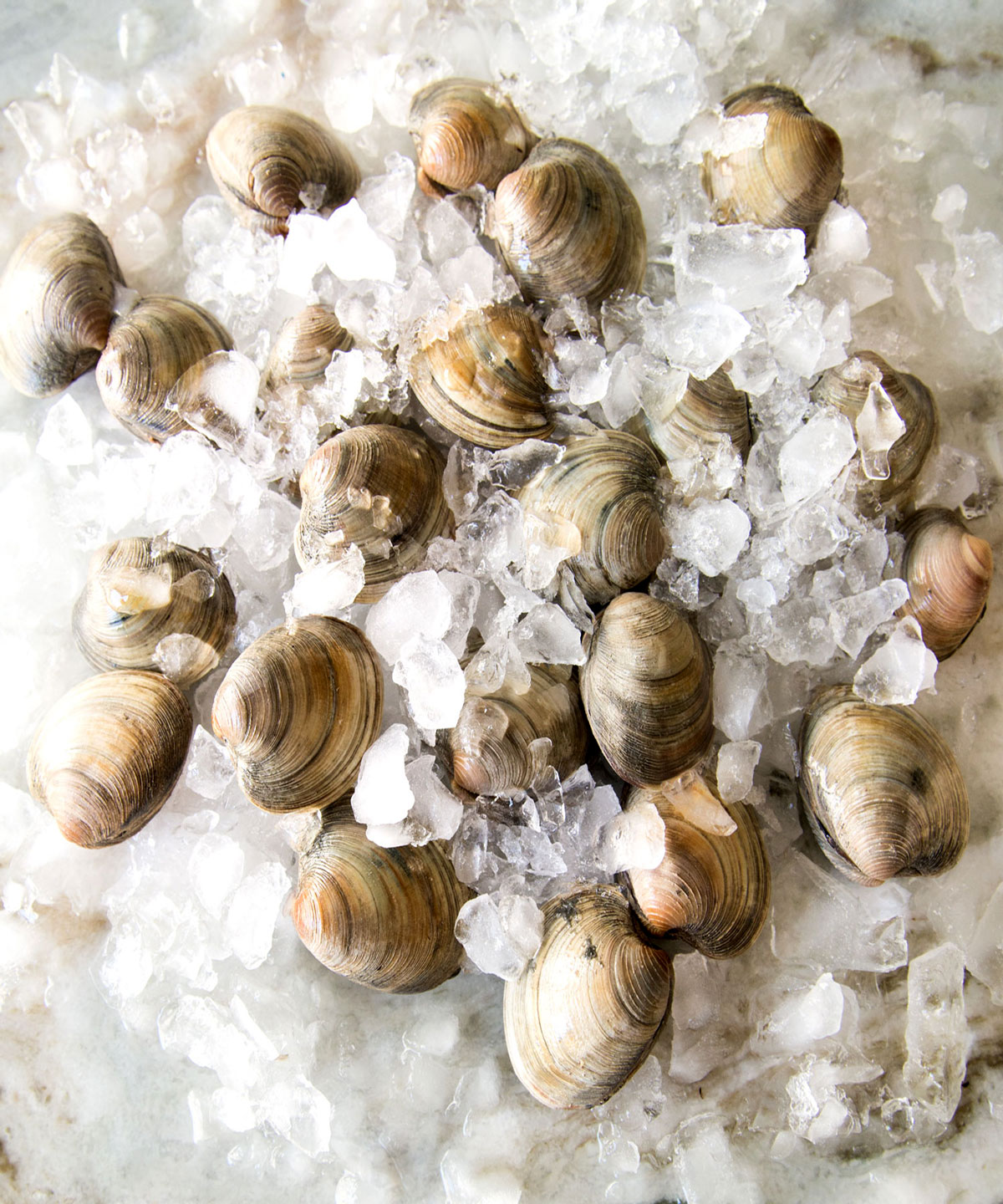
You can’t tell from this photo, but there’s lots of soupy, briny deliciousness at the bottom of the cataplana…
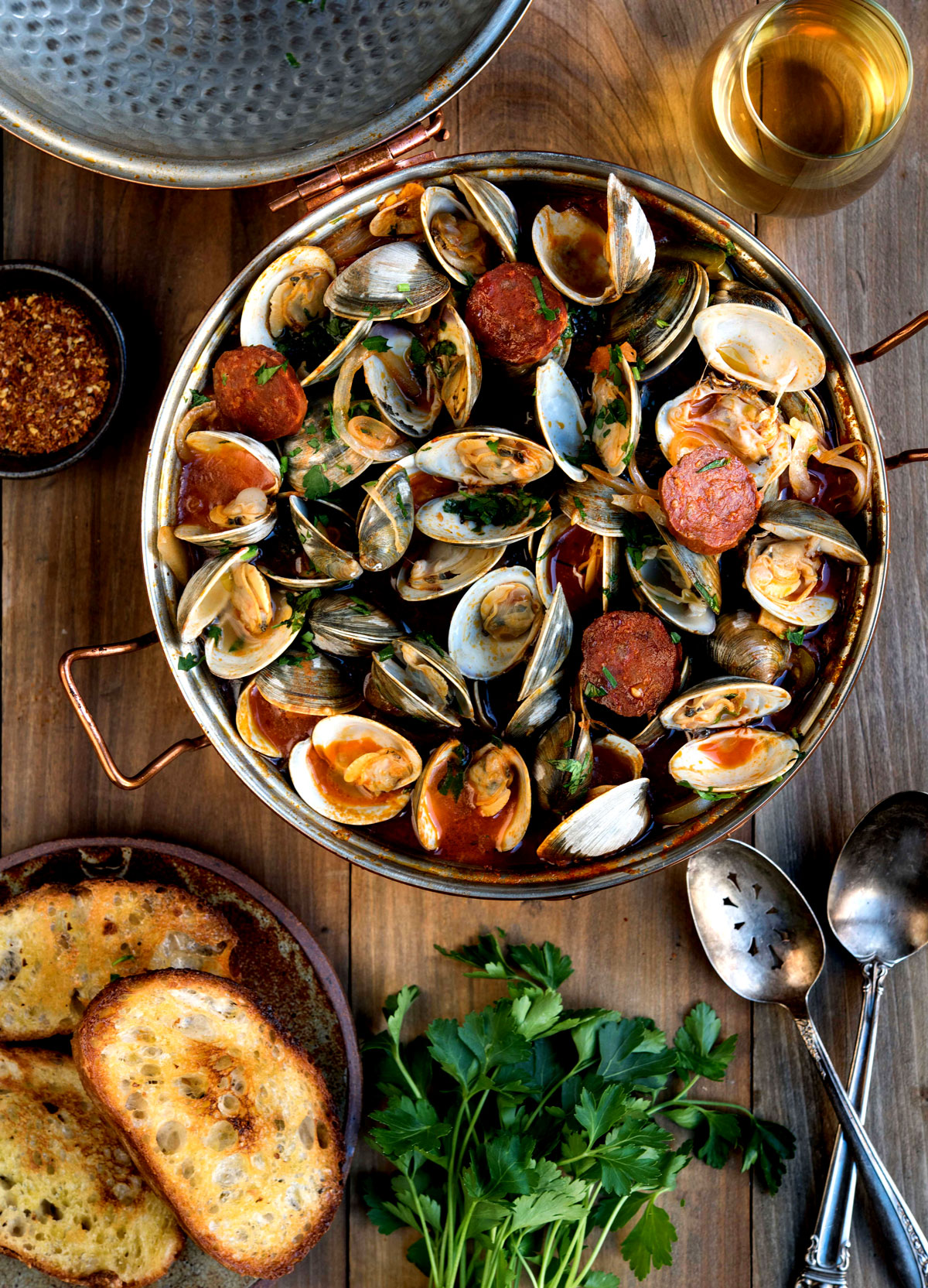
Cataplana with Clams and Chorizo
4 tablespoons olive oil
2 large dried bay leaves
1/2 teaspoon crushed red pepper flakes
4 cloves garlic, thinly sliced
1 medium onion, thinly sliced into long strips
1 medium green bell pepper, thinly sliced into long strips
1/3 to 1/2 pound chouriço (Portuguese) or alternatively Spanish chorizo, thinly sliced
1 pound, peeled and chopped fresh tomatoes (I quickly blanched and then plunged the tomatoes into ice-water, in order to easily peel)
1 tablespoon tomato paste
1 cup dry white wine
Black pepper
3 pounds *littleneck clams, scrubbed
2 tablespoons chopped parsley
Crusty baguette for serving
Heat the oil in the cataplana (or Dutch oven) on the stovetop. Add the bay leaves and red pepper flakes. Let sizzle 30 seconds. Add the garlic and saute another minute until golden but not browned. Add the onions and peppers and increase the heat to medium-high. Sauté, stirring, about 2 minutes. Add chouriço (or chorizo) and sauté another minute.
Stir in tomatoes, tomato paste, wine, and few grinds black pepper, and bring to a boil.
Add the clams, close the cataplana, and cook for about 10-12 minutes. Open the cataplana. Most of the clams should be open. If not close and continue to cook another 2 to 3 minutes. Discard any clams at this point that do not open.
Stir in chopped parsley and serve family style in the cataplana with crusty bread.
*Note: You can change up the type of seafood. Just keep in mind that cooking times will vary depending on the type of seafood.
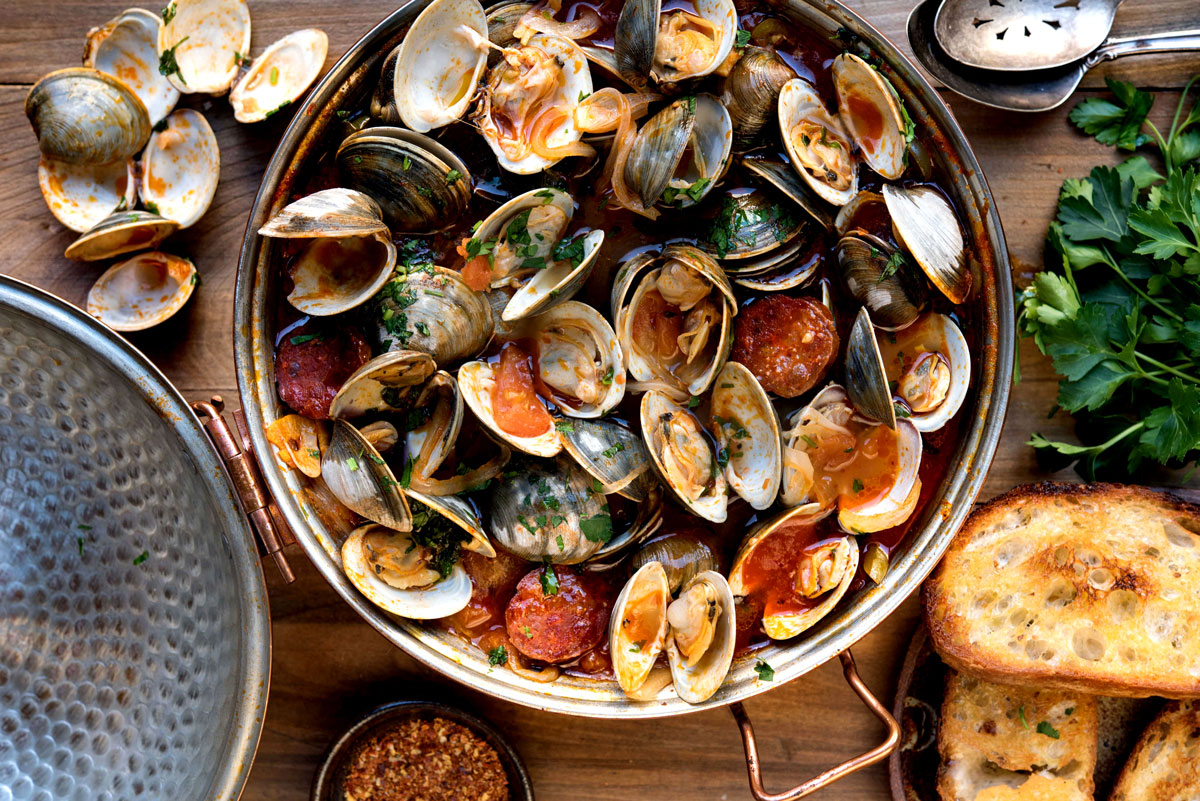

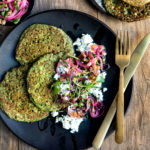
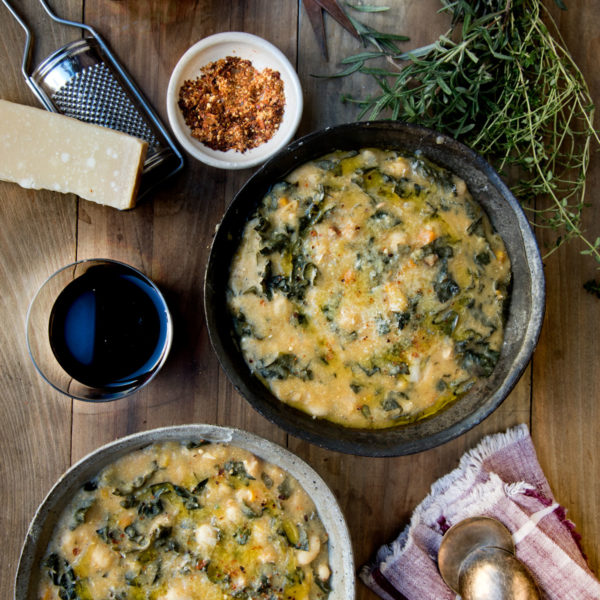
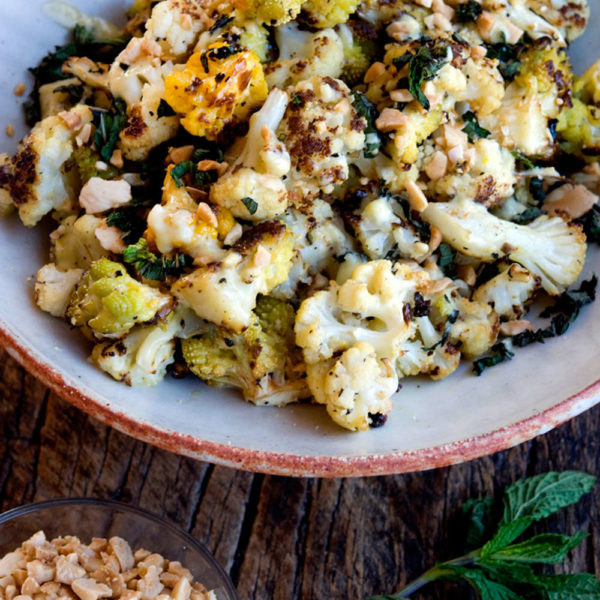
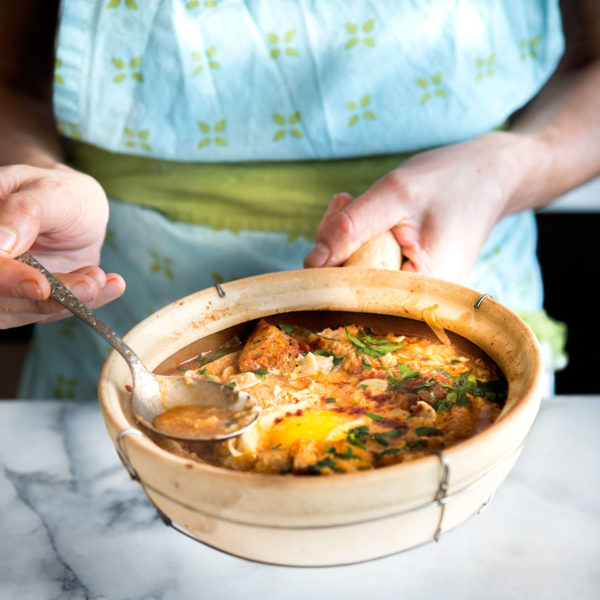


4 comments
Jeanne Decker
I’m heading back to Portugal
In the fall and will be in the Algarve for a few days. Will definitely look for this delicious dish!
wildgreensandsardines@gmail.com
How exciting! Hope you have an amazing trip.
Chris
Question… Are you cooking on the stove top or oven?
wildgreensandsardines@gmail.com
Hi Chris, On the stove top. I’ll fix in the recipe so it’s clear.